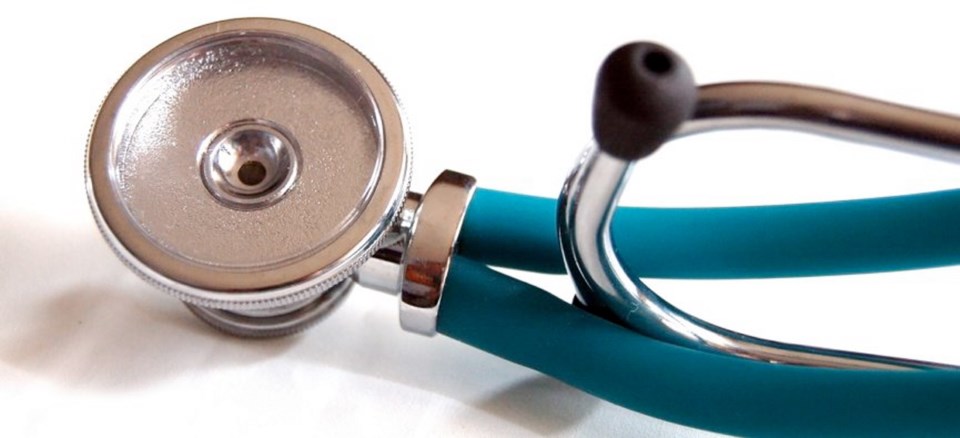What should you do if the doctor says: “You need a hip or knee replacement due to severe arthritis”? The time-honoured treatment is a major operation to replace the injured joint. This might still be the best option for some patients. But how many of these joints could be repaired by stem-cell injections, thereby saving the potential complications of surgery?
Today, it’s a question many people are asking. Stem-cell procedure is fairly straightforward. Bone marrow and fat are extracted from the patient and placed in a centrifuge. This separates valuable stem cells, which are then injected into the hip or other affected joints.
Stem cells, our body’s raw material, have the ability to develop into bone, cartilage, muscle, tendon, heart and other tissues. When injected into a joint, these immature cells provide a kick start to the body’s natural healing process. Proponents of stem-cell therapy claim that chronically pinched nerves fail to heal because of a lack of blood supply, and that stem cells, along with plasma-rich platelets, contain growth factors that repair and create new blood vessels.
But how effective are these stem-cell injections? Some patients say that within three to five days there’s relief from pain. Others claim they can immediately walk pain-free. Experts on stem-cell therapy claim it’s effective in treating meniscus and rotator-cuff tears, carpal tunnel syndrome, herniated spinal discs, multiple sclerosis and Parkinson’s disease.
As you would expect, stem-cell treatment is not without controversy. It’s also hard to get unbiased assessment of the effectiveness of stem cells. Surgeons, of course, are trained to replace hips, not to inject stem cells into joints.
The Mayo Clinic and others warn that as many as 600 stem-cell clinics are involved in cell injections. Not all are well regulated and they charge several thousand dollars for the treatment.
This prompted the Mayo Clinic to carry out a scientific double-blind study on patients who were suffering from arthritis in both knees. The first group of patients was injected with tens of thousands of stem cells. To make sure they were getting to the source of the pain, the injection was monitored by ultrasound guided therapy. In fact, Mayo researchers counted all the stem cells injected, which is a very expensive process.
Another group suffering from the same problem was given a sterile injection without stem cells. But none of either group knew whether they had received stem cells or the bogus injection. The results surprised Mayo researchers.
This experiment showed that both groups were helped by the injection. Equally interesting, even the knee that did not receive the injection became less painful! Once again this experiment shows the healing powers of placebo therapy. But it also left researchers unconvinced of the benefits or the lack of benefit of stem-cell therapy.
So, at the moment, evidence of stem-cell benefit depends on whom you talk to. No doubt this situation will change as more scientific studies are done. But if patients are considering stem-cell treatment for a painful joint, it’s currently not an easy decision.
I’ve asked myself what would I do if I were contemplating hip- or knee-replacement surgery. I would first follow the Gifford-Jones Law, that it’s impossible to undergo surgery without the threat of possible complications. This might be a minor or serious post-operative infection that could prolong hospital stay. Or an injury to a nerve or blood vessel. Or on extremely rare occasions, death due to anesthesia or fatal blood clot.
If money is not a problem, I would explore stem-cell therapy as current research shows the risk of complications is less than surgery. Moreover, I would not experience the trauma, or the long recovery period, both of which require extensive physiotherapy.
I must admit that it bothers me to pay for failed treatment. But if that happened, I would at least know that I had tried to avoid surgery. And I could cry over a beer about the loss of money!
This is exciting research and I’ll keep you informed. If any readers have had stem-cell injections, please let me know.

